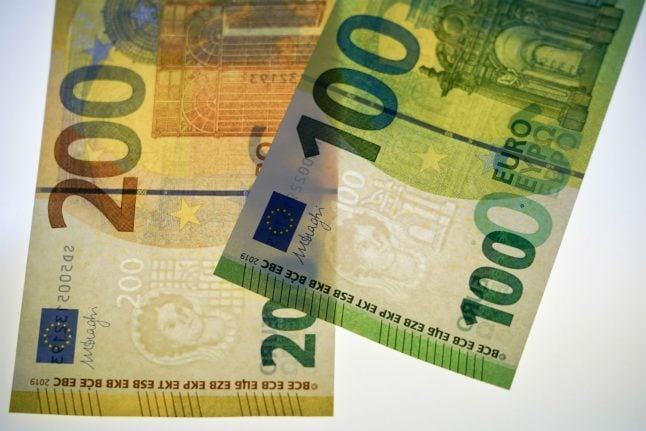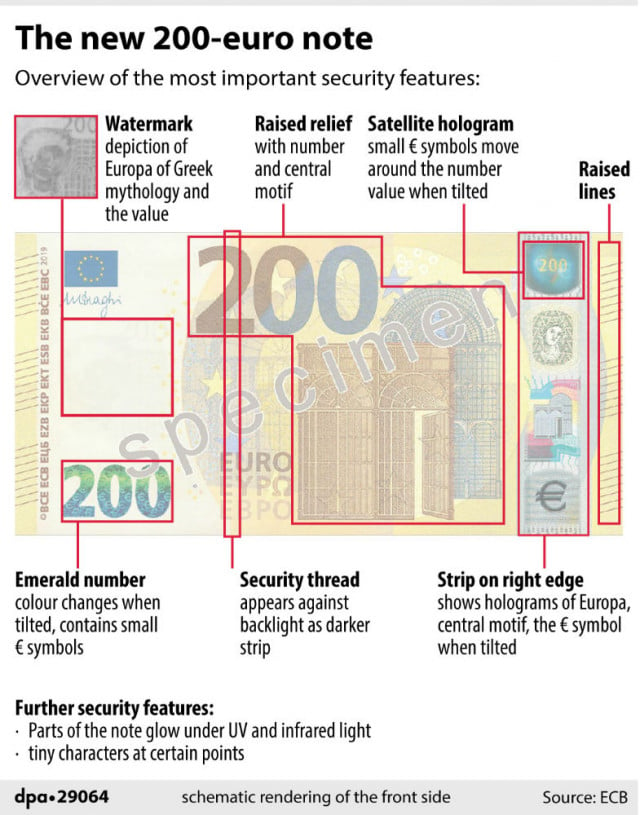The men were given sentences ranging up to 18 months by the Solna District Court near Stockholm.
A total of 13 suspects – 12 men and one woman – were included in the original indictment, which covered a range of crimes including unauthorized possession of false currency, handling stolen goods, as well as serious drugs and weapons crimes.
But the prosecution lacked evidence to convict four of the suspects, with the remaining three receiving conditional sentences or probation.
The suspects were charged with having various roles in a currency counterfeiting operation which ran from December 2008 until late March 2009 and featured fake dollars, euros, and Swedish kronor.
The suspected ring leaders were charged for having handled fake bills worth 2.5 million kronor ($354,000), but weren’t convicted on that particular charge.
However, they were convicted for possessing 570,000 kronor worth of fake bills printed in Lebanon.
Several of the suspects confessed to having taken the phony money, but explained that they assumed the bills were real.
The ring was exposed earlier in the year following a comprehensive police surveillance operation.
Some of the most incriminating evidence came from recorded telephone conversations, which included a number of lively and descriptive exchanges.
Police had recorded 40,000 telephone calls between the suspects, who remarkably enough spoke openly about the operation over the telephone, disclosing details about deliveries and prices.




 Please whitelist us to continue reading.
Please whitelist us to continue reading.
Member comments